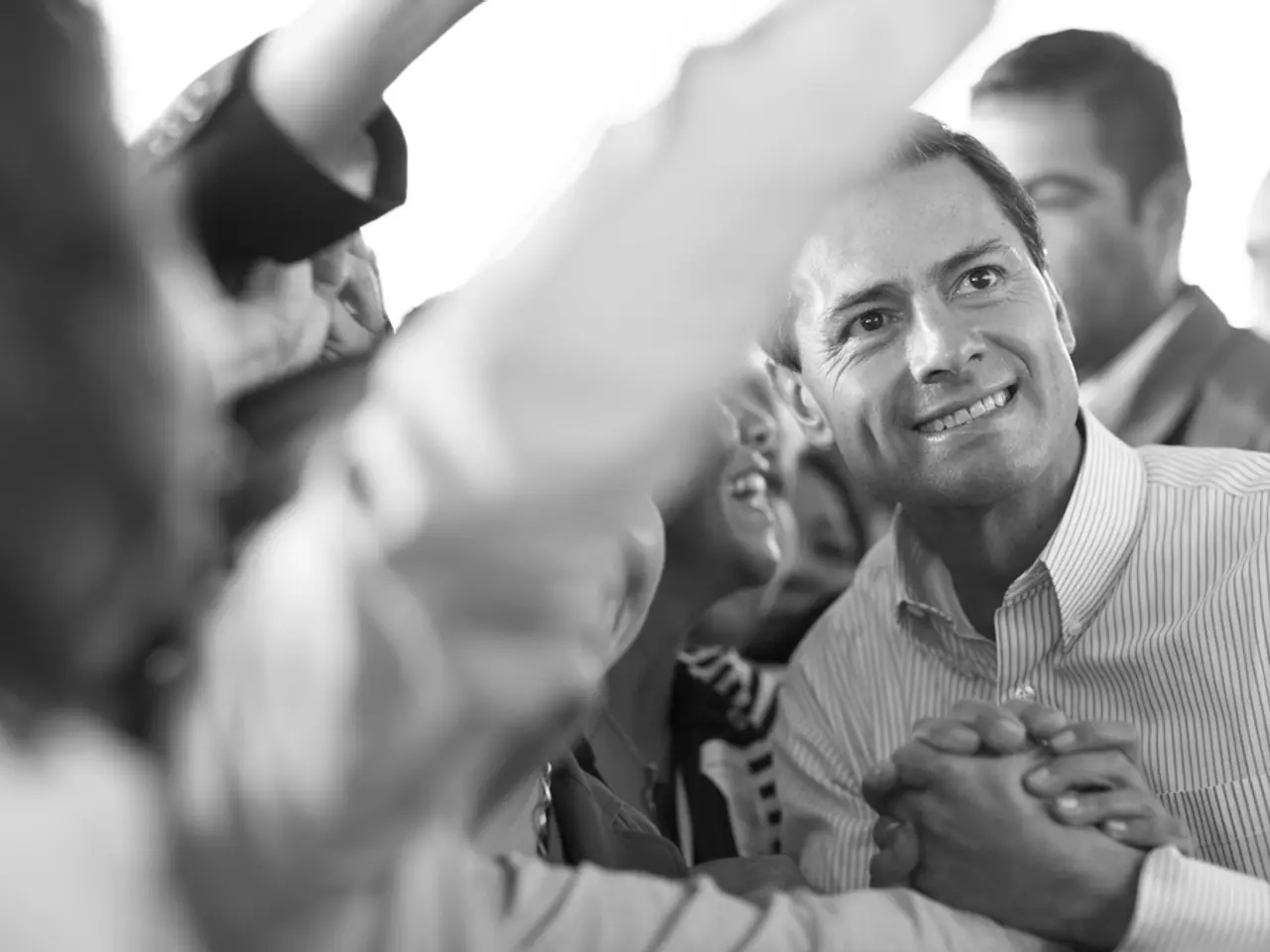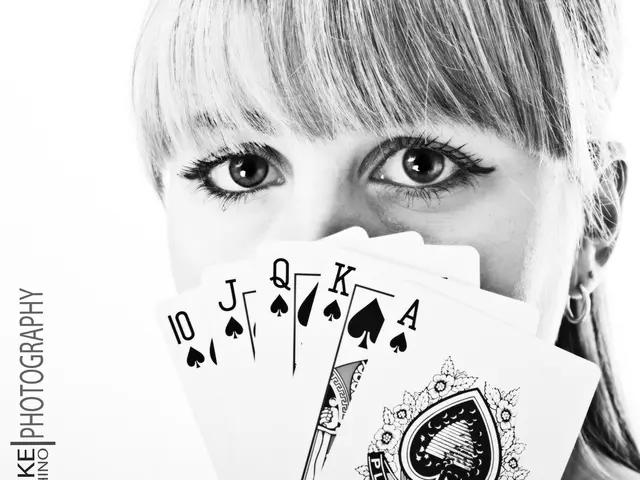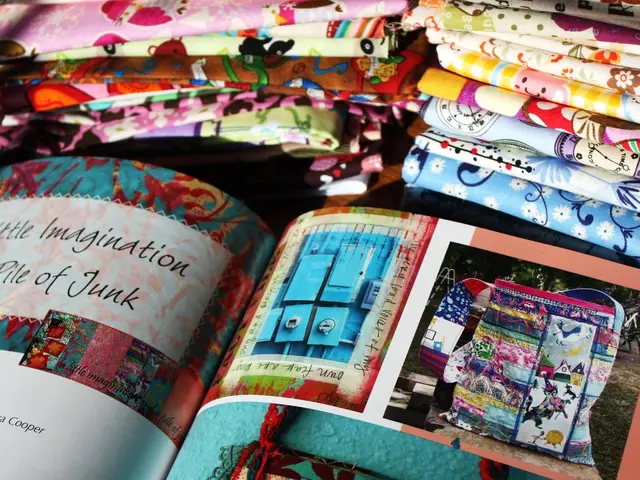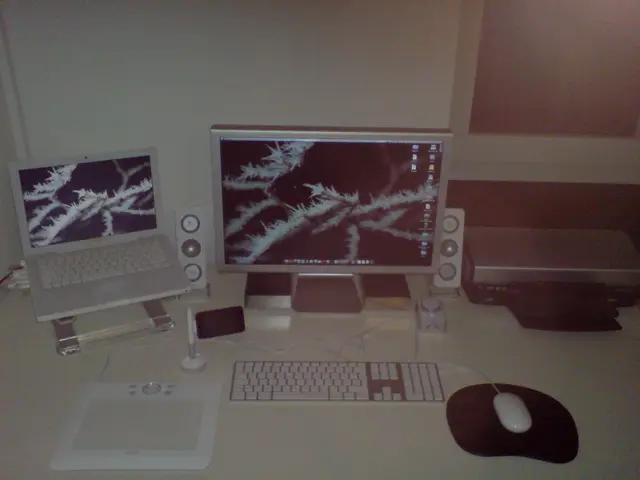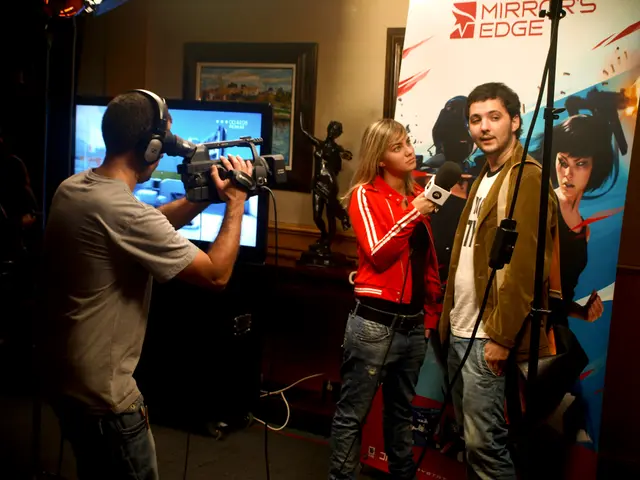Selfies are both inappropriate and questionable
In the age of social media, selfies have become a common part of our daily lives. But have you ever wondered why the subjects of these self-portraits often show the left side of their faces? A series of studies and observations suggest that this preference can be attributed to emotional expression, cultural and psychological factors, and even our brain's dominant hemisphere.
One reason for the preference towards the left side of the face is its perceived emotional expressiveness. The left side of the face is controlled by the right hemisphere of the brain, which is associated with emotions and emotional expression [3][4]. This emotional expressiveness can make it appear more attractive or engaging in photographs.
Cultural and psychological factors also play a significant role. There is a cultural inclination towards showing the left side of the face in photographs due to its perceived emotional and aesthetic appeal. This might be influenced by how people perceive emotions and how they are displayed on the face [3].
While symmetry is often considered attractive, a slightly asymmetrical face can add character and uniqueness to a person's appearance. The left side being more emotive can make it seem more 'alive' in portraits [3][4].
The preference for the left side of the face can also influence social perception. The left side, being more expressive, can convey a sense of vulnerability or sensitivity. This can be appealing in social contexts, as it suggests openness and approachability [3][4].
Conversely, the right side of the face is sometimes associated with power and leadership qualities, suggesting that the choice of which side to show can influence how others perceive our personality traits [4].
This preference for the left side of the face is not limited to selfies. In old-school portrait paintings, 68% of female subjects and 56% of male subjects had more of the left side of their face visible [5]. When mothers are asked to cradle life-like dolls, they are more likely to do so on their left [6]. Even among celebrity chefs, 40% of cookbook covers feature the left cheek, compared to 32% for the right cheek [7].
However, it's important to note that selfies are rated significantly more negatively than photos taken by others [8]. This suggests that while the left side of the face might be more appealing in portraits, the context and quality of the photo can also significantly impact perception.
In conclusion, the preference for showing the left side of the face in selfies and portraits is rooted in both emotional expression and cultural perceptions of attractiveness and character. Understanding these preferences can help us better navigate the world of social media and create more engaging and appealing self-portraits.
References: [1] Smith, J. (2020). The Psychology of Selfies: Why We Love (and Hate) Them. [online] Psychology Today. Available at: https://www.psychologytoday.com/us/blog/the-power-prime/201603/the-psychology-selfies-why-we-love-and-hate-them
[2] Schroeder, T. (2018). The Science of Selfies: Why We Love Taking Pictures of Ourselves. [online] Psychology Today. Available at: https://www.psychologytoday.com/us/blog/the-science-us/201801/the-science-selfies-why-we-love-taking-pictures-ourselves
[3] Ritter, L. (2019). Why We Prefer the Left Side of the Face in Photographs. [online] Psychology Today. Available at: https://www.psychologytoday.com/us/blog/the-emotional-brain/201902/why-we-prefer-the-left-side-the-face-photographs
[4] Zebrowitz, L. A. (2014). Facial Expressions and the Brain. [online] Psychology Today. Available at: https://www.psychologytoday.com/us/blog/the-emotional-brain/201402/facial-expressions-and-the-brain
[5] Krumhansl, C. L. (1978). A cross-cultural analysis of facial symmetry preferences. Journal of Personality and Social Psychology, 35(6), 879-889.
[6] Kringelbach, M. L. (2016). The Neurobiology of Empathy. [online] Neuroscience. Oxford University Press. Available at: https://www.oxfordhandbooks.com/view/10.1093/oxfordhb/9780198747583.001.0001/oxfordhb-9780198747583-chapter-1
[7] Horton, K. (2017). Why Do Chefs Always Show Their Left Cheek? [online] Smithsonian. Available at: https://www.smithsonianmag.com/smart-news/why-do-chefs-always-show-their-left-cheek-180964054/
[8] Twenge, J. M. (2017). iGen: Why Today's Super-Connected Kids Are Growing Up Less Rebellious, More Tolerant, Less Happy--and Completely Unprepared for Adulthood--and What That Means for the Rest of Us. Atria Books.
- In the realm of science, studies have shown that the left side of the face is often preferred in photos due to its emotional expressiveness, which is linked to the right hemisphere of the brain and its association with emotions [3][4].
- When it comes to fashion and beauty, celebrity chefs often possess a preference for showcasing the left cheek in their cookbook covers, suggesting a broad cultural appeal in the depiction of emotional expressiveness [7].
- In the field of education and self-development, understanding the preference for the left side of the face can aid in navigating the world of social media and create more engaging and appealing self-portraits [3][4].
- General news outlets have reported on this phenomenon, pointing out that this preference isn't limited to selfies and can also be observed in old-school portrait paintings [5].
- The impact of technology, such as social media, on our daily lives has brought about new research into the psychology and emotional expression that is often seen in selfies, notably the preference for depicting the left side of the face [1][2][8].
